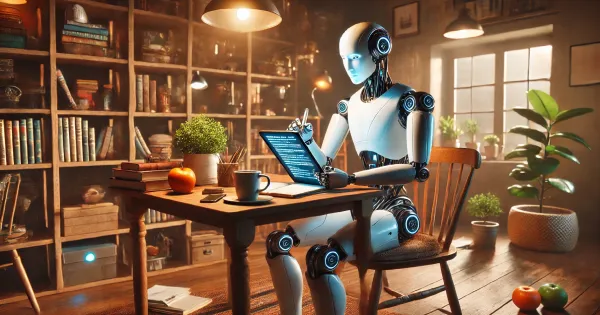7 Construction Trends to Watch for in 2023
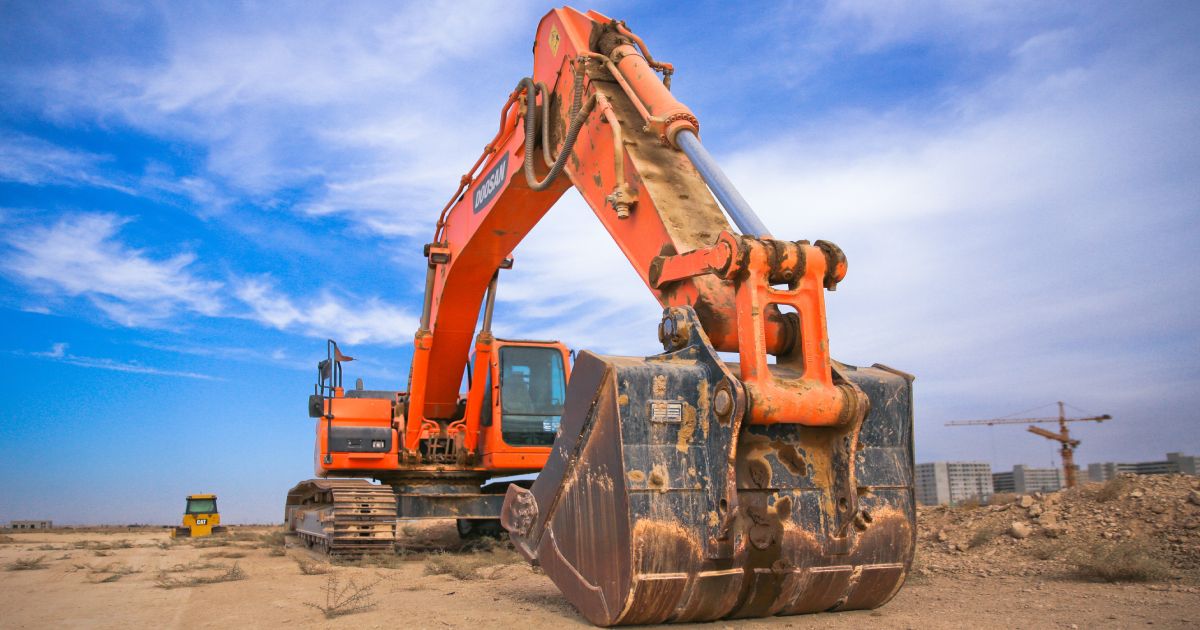
The construction industry is in a constant state of evolution, driven by technological advancements, changing demands, and sustainability concerns. As we step into 2023, several key trends are poised to reshape the landscape of construction.
From innovative technologies to sustainability-focused practices, here are seven construction trends to keep a close eye on this year.
1) Digital Transformation and Building Information Modeling (BIM)
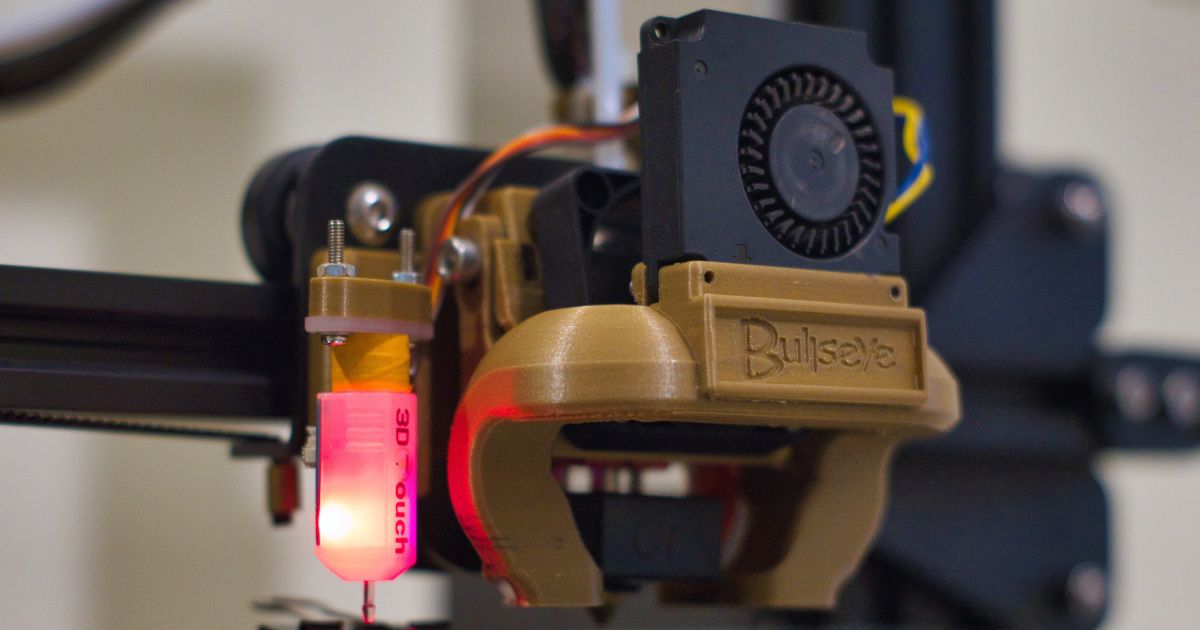
In the ever-evolving landscape of construction, digital transformation stands as a cornerstone of innovation. At the forefront of this transformation is Building Information Modeling (BIM), an immersive technology that has revolutionized the way architects, engineers, and contractors collaborate. By providing a centralized digital platform, BIM fosters seamless coordination among stakeholders, facilitating efficient communication and improving overall project visualization.
Beyond its communicative advantages, BIM holds the power to drastically reduce errors and streamline construction processes. As the integration of 3D printing and AI-driven analytics takes root within BIM systems, the industry is poised for a substantial shift towards data-driven decision-making, enabling construction professionals to harness insights for more informed choices.
In this era of construction, the synergy between digital advancements and real-world execution has given rise to unprecedented possibilities. Building Information Modeling (BIM) exemplifies this synergy by serving as a nexus where creativity and precision converge. This technology empowers architects, engineers, and contractors to transcend traditional boundaries, coalescing their expertise within a shared digital realm. The outcomes are profound: enhanced communication, meticulously visualized projects, and streamlined workflows. By minimizing errors and inefficiencies, BIM not only transforms the construction process but also acts as a catalyst for data-driven strategies.
As the integration of cutting-edge technologies like 3D printing and AI-driven analytics takes its place within BIM, the construction landscape finds itself on the cusp of a new era where decisions are grounded in data and projects are guided by insights.
2) Prefabrication and Modular Construction
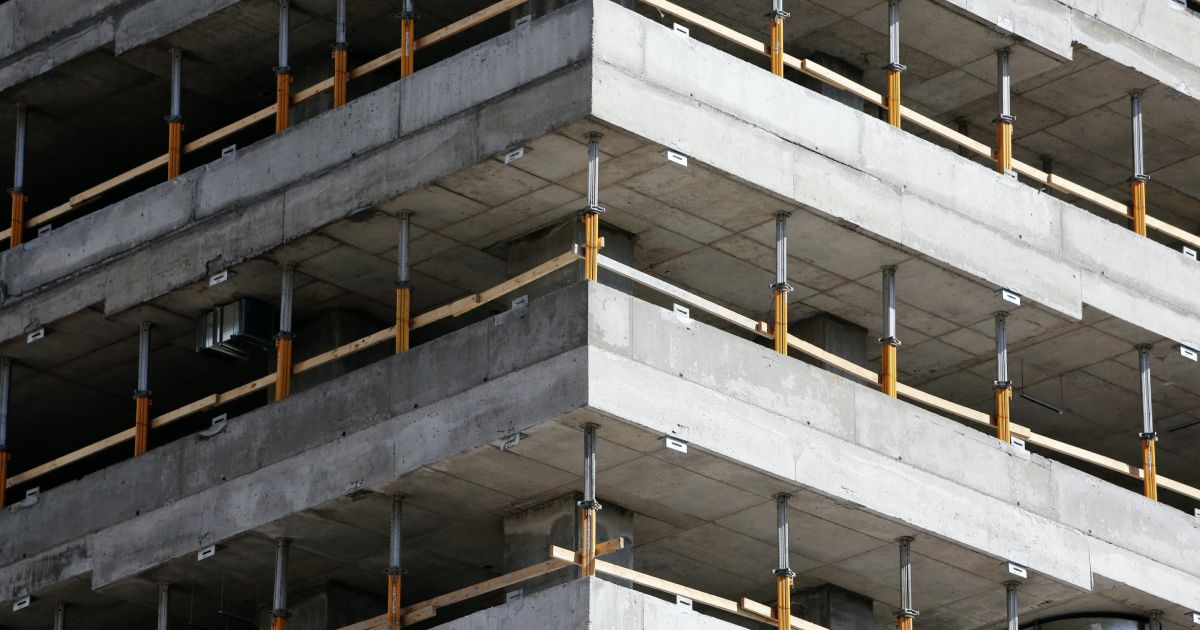
In a bid to combat the challenges posed by labor shortages and expedite project completion, the construction industry is embracing the surging wave of prefabrication and modular construction. This innovative approach involves fabricating building components off-site, in controlled and optimized environments. By doing so, construction companies can achieve heightened efficiency, as this method minimizes time-consuming tasks that traditionally occur on-site.
Furthermore, the controlled conditions of the fabrication process translate to enhanced quality control, contributing to the overall excellence of the end product. As these pre-built components are transported to the construction site, their rapid assembly hastens the project's timeline, offering a remedy to time-sensitive constraints.
Beyond its immediate advantages, the trend of prefabrication and modular construction aligns harmoniously with the construction industry's mounting commitment to sustainable practices. By shifting a significant portion of the construction process to controlled off-site locations, this approach significantly reduces on-site waste and resource consumption. The minimized material waste contributes to a more eco-friendly construction process, aligning with sustainability objectives and environmental stewardship.
This trend doesn't just foster efficiency; it paves the way for a construction ecosystem that champions resource optimization, embraces reduced environmental impact, and heralds a future of more streamlined, sustainable building practices.
3) Sustainable Practices and Green Building

In an era marked by growing environmental consciousness, sustainability has entrenched itself as a paramount concern within the construction landscape. This imperative has catalyzed a shift towards eco-conscious practices, manifesting in various facets of construction. Architects and builders are increasingly prioritizing energy-efficient designs that harness natural resources while reducing energy consumption.
Simultaneously, the integration of environmentally friendly materials, characterized by lower carbon footprints and reduced environmental impact, has risen to prominence. This holistic approach to green building not only minimizes the industry's ecological footprint but also creates healthier and more energy-efficient spaces that resonate with contemporary sensibilities.
A key advancement within sustainable construction is the seamless incorporation of renewable energy sources. Buildings are increasingly being designed to integrate solar panels, wind turbines, and other forms of renewable energy systems, effectively generating clean energy on-site. A standout concept within this movement is that of net-zero energy buildings, which are designed to produce as much energy as they consume over a given timeframe.
As environmental concerns intensify and the imperative for energy efficiency gains traction, the adoption of net-zero energy building practices is projected to surge. This convergence of environmental stewardship, cost savings, and innovative design exemplifies the industry's commitment to a sustainable future that transcends mere aesthetics, extending deep into the core of construction practices.
4) Robotics and Automation
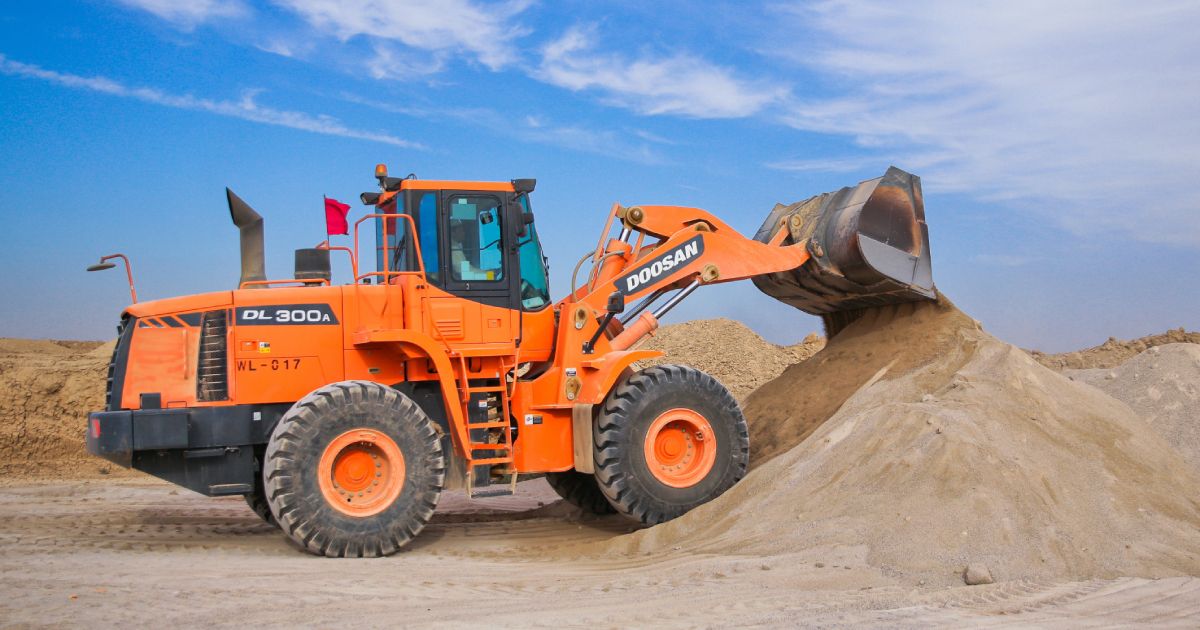
The construction realm is undergoing a profound revolution propelled by the integration of robotics and automation. This transformative trend is manifesting in tasks across the construction spectrum, from the precision of bricklaying to the finesse of concrete pouring.
Beyond physical labor, robotics are also shaping the way construction sites are managed, with autonomous machinery taking center stage in enhancing safety and efficiency. Drones, those soaring marvels of technology, are altering the landscape of site inspection and progress monitoring, providing real-time aerial surveys that illuminate the intricacies of ongoing projects.
One of the most compelling facets of this revolution is the way robotics mitigate human exposure to hazardous conditions. By delegating certain tasks to robotic counterparts, the construction industry reduces the need for human workers to operate in environments fraught with risk.
This shift not only prioritizes safety but also promotes productivity by ensuring that specialized tasks can be performed consistently without compromising the well-being of workers. As robotics evolve and their capabilities expand, the construction industry is poised for a future where the synergy of human creativity and robotic precision defines the construction process, advancing the sector into new realms of efficiency, innovation, and safety.
5) Resilient and Smart Infrastructure
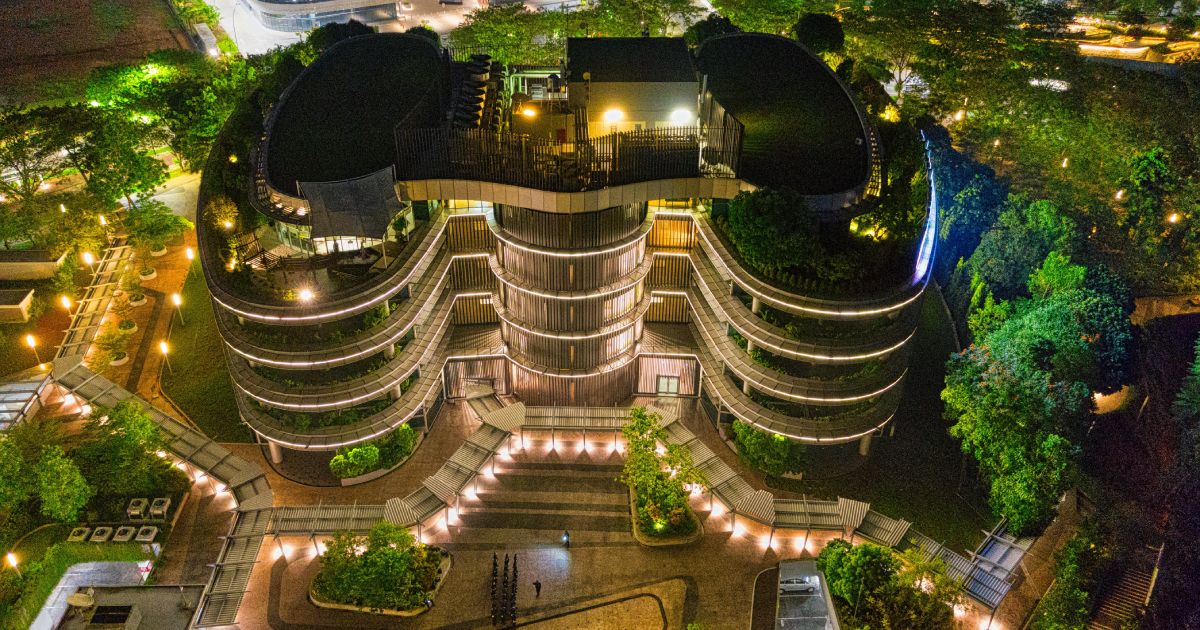
In an era where the repercussions of climate change loom large, the construction industry is taking proactive steps towards building resilient infrastructure capable of weathering the challenges posed by natural disasters and extreme weather events.
This pivot towards resilience is marked by a focus on durability, adaptability, and long-term sustainability. Structures are being designed to withstand the forces of nature, from hurricanes to earthquakes, ensuring that communities can endure and recover swiftly. This resilience-driven approach encompasses not only physical strength but also considerations for preserving essential services during times of crisis, from power and water supply to communication networks.
As construction evolves to meet these demands, another significant shift is the infusion of smart technologies into the very fabric of buildings and infrastructure. The advent of the Internet of Things (IoT) has ushered in an era where structures can be imbued with sensors and devices that monitor and analyze various aspects of their operation. These technologies contribute to more efficient resource management by monitoring energy consumption, waste production, and water usage. Additionally, they promote occupant comfort and well-being by adjusting lighting, temperature, and air quality in real-time.
The integration of these smart technologies equips structures to adapt dynamically to changing conditions, enhancing not only their resilience but also their overall sustainability in a world where environmental consciousness is paramount.
6) Virtual and Augmented Reality

The fusion of virtual and augmented reality technologies is revolutionizing the landscape of construction planning and design. These cutting-edge tools offer stakeholders an unprecedented level of immersion, enabling them to step into the heart of a project before the first brick is laid.
Through virtual reality (VR), stakeholders can navigate lifelike simulations of proposed structures, experiencing the spaces as if they were physically present. Augmented reality (AR) overlays digital elements onto the real world, allowing designers and contractors to visualize digital models within actual physical environments. By providing a dynamic and interactive medium, these technologies facilitate a deeper understanding of projects, unveiling potential design flaws, optimizing layouts, and enhancing spatial comprehension.
Beyond their capacity for visualization, VR and AR offer a new dimension to communication and collaboration within the construction ecosystem. Stakeholders from various disciplines can gather in virtual environments to discuss plans, make modifications, and exchange ideas seamlessly across geographic boundaries. This fosters an atmosphere of real-time decision-making, where architects, engineers, contractors, and clients can collectively explore the project and swiftly address concerns.
The integration of VR and AR in construction bridges the gap between conceptualization and realization, yielding more accurate and efficient project outcomes while minimizing costly rework and delays. By infusing the construction process with a layer of digital realism, these technologies are reshaping the way projects are conceived, communicated, and executed, ultimately contributing to more successful and innovative construction endeavors.
7) Circular Economy and Material Reuse

Embracing the principles of the circular economy, the construction industry is embarking on a transformative journey towards more sustainable and responsible practices. This burgeoning concept hinges on the notion of minimizing waste by extending the life cycle of materials and products.
In construction, this translates to a shift from traditional demolition practices to deconstruction methodologies, where buildings are methodically disassembled with the goal of salvaging and reusing as many materials as possible. This shift offers a two-fold advantage: it drastically reduces the environmental footprint associated with waste disposal and contributes to more responsible resource management by harnessing the inherent value of existing materials.
This paradigm shift entails not only a change in demolition practices but a holistic reimagining of the construction ecosystem. As the industry's approach to material sourcing, procurement, and waste management evolves, the circular economy paves the way for innovative strategies such as material repurposing, refurbishing, and design for disassembly. The repurposing of salvaged materials in new projects not only conserves valuable resources but also fosters a unique character within constructions, imbued with the history and essence of the repurposed components.
Ultimately, the circular economy transcends the construction industry, reflecting a broader shift towards sustainable and conscious consumption, where materials are valued for their longevity and potential for renewal.
Final Thoughts
In conclusion, the construction industry is experiencing a significant shift driven by technological innovation, sustainability imperatives, and the need for efficiency.
These seven trends highlight the industry's evolution toward a more digital, sustainable, and resilient future, setting the stage for transformative changes in how we build and shape our world.




